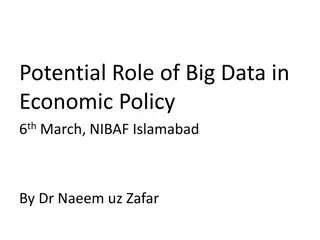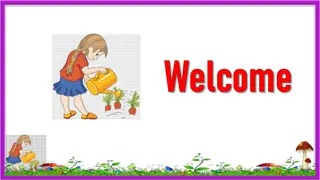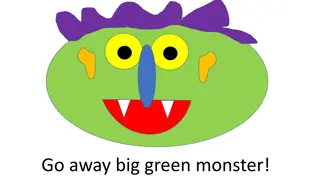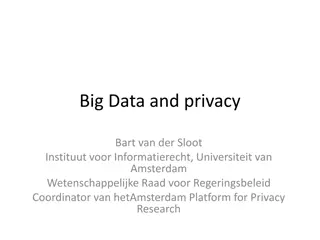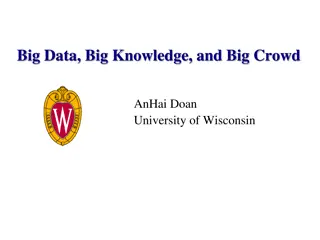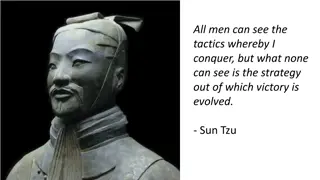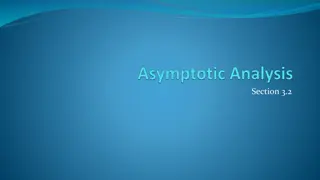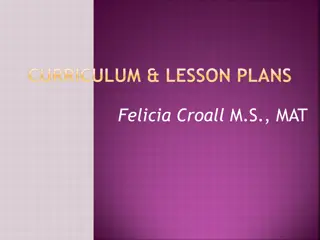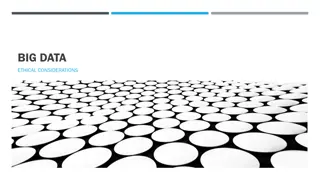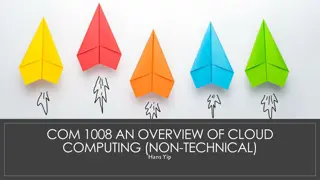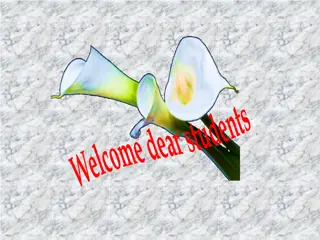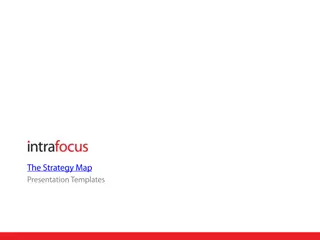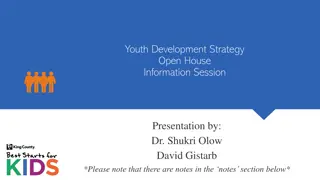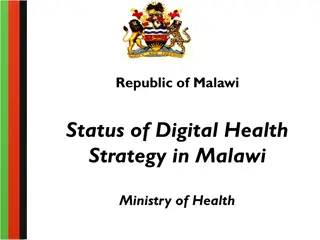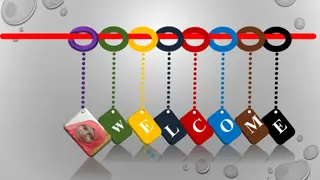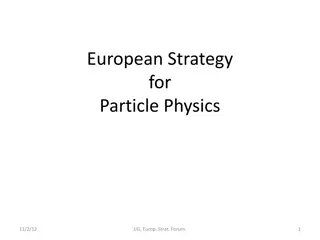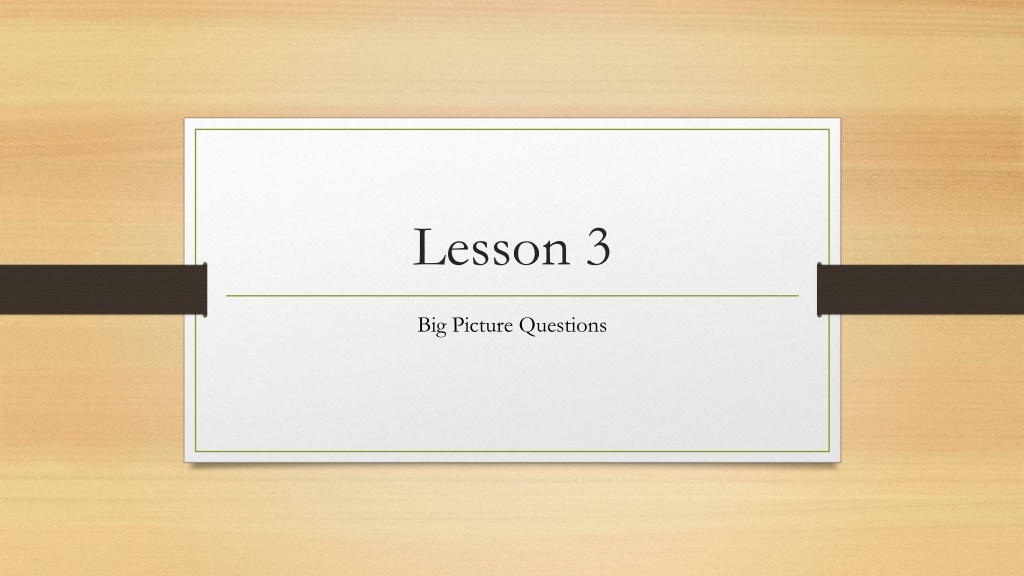
Mastering Big Picture Questions: INFER Strategy and More
Learn about Big Picture Questions and the INFER Strategy to tackle them effectively. Understand the key concepts, definitions, and steps involved in answering both Factual and Big Picture Questions. Enhance your reading comprehension skills and be prepared to engage in discussions with confidence.
Download Presentation

Please find below an Image/Link to download the presentation.
The content on the website is provided AS IS for your information and personal use only. It may not be sold, licensed, or shared on other websites without obtaining consent from the author. If you encounter any issues during the download, it is possible that the publisher has removed the file from their server.
You are allowed to download the files provided on this website for personal or commercial use, subject to the condition that they are used lawfully. All files are the property of their respective owners.
The content on the website is provided AS IS for your information and personal use only. It may not be sold, licensed, or shared on other websites without obtaining consent from the author.
E N D
Presentation Transcript
Lesson 3 Big Picture Questions
Lets Review What is the definition for inference and infer? Name to the two major types of questions What are the definitions for fact and Factual Questions? Name the steps of the INFER Strategy.
Purpose As we reviewed, there are two major types of questions that you will be asked to answer: Factual Questions and Think and Seek Questions You ve already learned about the steps of the INFER Strategy and Factual Questions
Purpose Today, you are going to learn how to use those steps to answer one type of Think and Seek Question, which is the Big Picture Question You ll practice using the INFER Steps with both Factual and Big Picture Questions
Expectations SLANT Listen carefully Take notes Participate in the discussion
Define Big Picture and Big Picture Questions Who can guess what the Big Picture refers to if you are reading a passage and being an active reader? If you are looking for the Big Picture , what are you looking for?
Define Big Picture and Big Picture Questions Cue Card #9 Big Picture Questions require you to figure out the main idea or the big message related to the passage. Author s purpose Summary information about the passage (setting or tone of the passage)
Examples of Big Picture Questions Cue Card #10 What is the main idea of this passage? What is the author s main message? What is the main idea of the first paragraph? What is the theme of this passage? What was the author s purpose in writing this passage?
Define and discuss key words in Big Picture Questions You can usually recognize a Big Picture Question if certain key words are used in the question. These key words include: Main idea Purpose Summary Message Theme Setting Tone
Define and discuss key words in Big Picture Questions Cue Card #11 Write the key word next to its definition and example.
Define and discuss key words in Big Picture Questions Main Idea = Big idea passage is about Purpose = Author s reason for writing Summary = Statement that condenses the passage Message = Information author wants reader to know Theme = Message Setting = Place Tone = Feeling of the passage
Rationale for attending to the Big Picture while reading Good readers attend to Big Picture issues as they read. If you figure out what the author s main message is. You ll be able to understand what you read. Readers who understand the Big Picture can remember the details better and longer.
How to find the main idea of a paragraph or passage You can ask these questions for either a paragraph or a passage. When you answer them, you ll be able to match your main idea up with the answer to the question you ve been asked. Who or what is this about? What does it tell me about that?
Define and discuss authors purpose When you are asked to decide the author s purpose, you might be given several purposes among which you must choose. Remember, purpose means reason , so we are looking for the author s reason for writing something
Define and discuss purpose to entertain Purpose to entertain To make you happy Give you a pleasant activity for your free time Examples of entertainment movies, tv shows, concerts Examples of entertainment writing Books Comic books magazines To determine whether the author s reason for writing something for pure entertainment, ask yourself these questions: What is this author trying to do? Is she trying to grab my attention with an interesting story? Is he trying to make me laugh or smile? Is he trying to make me cry or be afraid? If the answer to any of these questions is Yes , the author is probably trying to entertain you.
Define and discuss purpose to inform Author s want to give you information. They want to educate you about the world and how people are living or used to live. They want to warn you about doing certain things that can harm you Examples of informative writing Textbooks Expository pieces Operating manuals To determine whether the author s reason for writing something is to inform, you might ask yourself these questions: What is this author trying to do? Is she trying to teach me about something? Is he trying to give me information that I can use some day? If the answer to these questions is Yes , the author is probably trying to inform you.
Define and discuss purpose to persuade Authors want to convince people. They want you to buy something or to do something. Sometimes, they want to convince you not to do something. Examples of persuasive writing or writing that convinces or persuades: Books or articles about why you should or should not do something To determine whether the author s reason for writing something is to persuade you, you might ask yourself these questions: What is this author trying to do? Is she trying to convince me to do something? Is he trying to convince me to stop doing something? If the answer to these questions is Yes , the author is probably trying to persuade you.
Define and discuss purpose to self-disclose Authors want to self-disclose, or tell information about themselves Examples: Memoirs Diary Poems Rap
Characteristics of good answers to Big Picture Questions complete thoughts related to the information in the passage answer the question.
How to use the INFER Steps with Big Picture Questions Interact with the questions Read the questions and think about them Read the entire Big Picture question What type of big idea you are looking for What types of clue words to look for Start figuring it out while you are reading
How to use the INFER Steps with Big Picture Questions Note what you know Decide what kind of question it is Write the code letter next to the question Big Picture Questions = code letter B Think about what you know on the topic in the question
How to use the INFER Steps with Big Picture Questions Find the clues Read the passage As you read, keep the Big Picture Questions in mind Look for clues specifically related to the question and the possible answer.
How to use the INFER Steps with Big Picture Questions Explore any supporting details Look for other clues in the passage that will support your answer or that prove that the first answer you have chosen is wrong. Underline these clues
How to use the INFER Steps with Big Picture Questions Return to the question Once you think you have a good answer for a question, go back to the question and look at answers from which you can choose Choose the answer that best matches the clues you have found.


